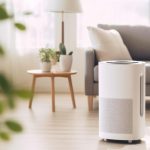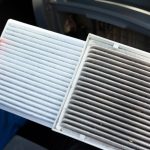The global air purifier industry is estimated to grow to $13.3 billion by 2024, and the market is expected to increase as the number of pollutants in the atmosphere grows. As demand for air purifiers increases, manufacturers in the industry have made leaps and bounds towards improving the technologies used in air purifier factories. In this article, we will discuss the latest developments and trends in China air purifier factory technology that are impacting the industry. We will look at the developments in air purifier factory technology such as UV technology and Nanofiber filter technology, as well as the trends impacting air purifier factory technology such as focusing on energy efficiency and pushing towards quality control. Finally, we will provide a conclusion about the impact of the latest developments and trends on the industry.
Developments in Air Purifier Factory Technology
There have been significant developments in air purifier factory technology over the past few years. One of the most talked about technologies is UV technology, which uses ultraviolet radiation to destroy microorganisms. This technology has been seen as an effective means of eliminating bacteria and other contaminants from the air. In addition, Nanofiber filter technology has been developed, which is able to capture small contaminants and nanoparticles in the air. This technology has been seen as a more efficient and cost-effective way of filtering the air, and it is becoming increasingly popular in China air purifier factories. Let’s investigate which air purifiers are best for reducing allergy and asthma symptoms.
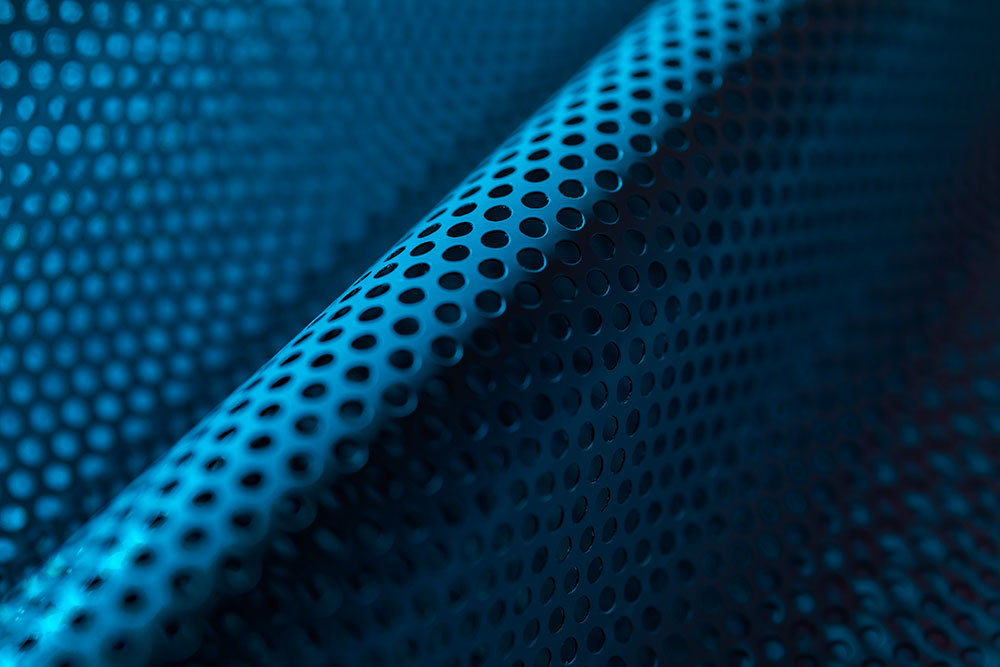
UV Technology
UV technology uses short-wave ultraviolet light to inactivate airborne pathogens and microorganisms such as mold, bacteria and viruses. This provides an extra layer of protection and makes sure that the air purifier is working at optimal levels. In addition, UV technology eliminates odors and improves air quality. UV technology is becoming increasingly popular in air purifier factories in China due to its ability to significantly reduce particles and contaminants in the air.
Nanofiber filter technology
Nanofiber filter technology uses an extremely thin layer of ultra-fine polymer fibers, with a diameter of less than one micrometer, to capture small particles and contaminants in the air. This technique has seen considerable improvement in particle separation compared to traditional filter technologies, making it more effective and efficient. Nanofiber filters are also lightweight with small diameters, allowing them to be used in various types of air purifiers. This technology is quickly becoming commonplace in air purifier factories in China, as it has proven to be a more effective and cost-efficient way of filtering the air.
Trends Impacting Air Purifier Factory Technology
The air purifier industry is constantly evolving and manufacturers are looking to keep up with the change in demand. Some of the trends that are impacting air purifier factories in China include a focus on energy efficiency, pushing towards quality control, and exploring new technologies. Manufacturers are looking to make sure that their products are not only effective in terms of air purification, but also efficient in terms of energy consumption. Quality control has also become increasingly important with the development of more sophisticated technologies, meaning that manufacturers must ensure that their products are up to standard and meet all safety regulations. Finally, manufacturers are looking to explore new technologies that could potentially improve the performance of their air purifiers.
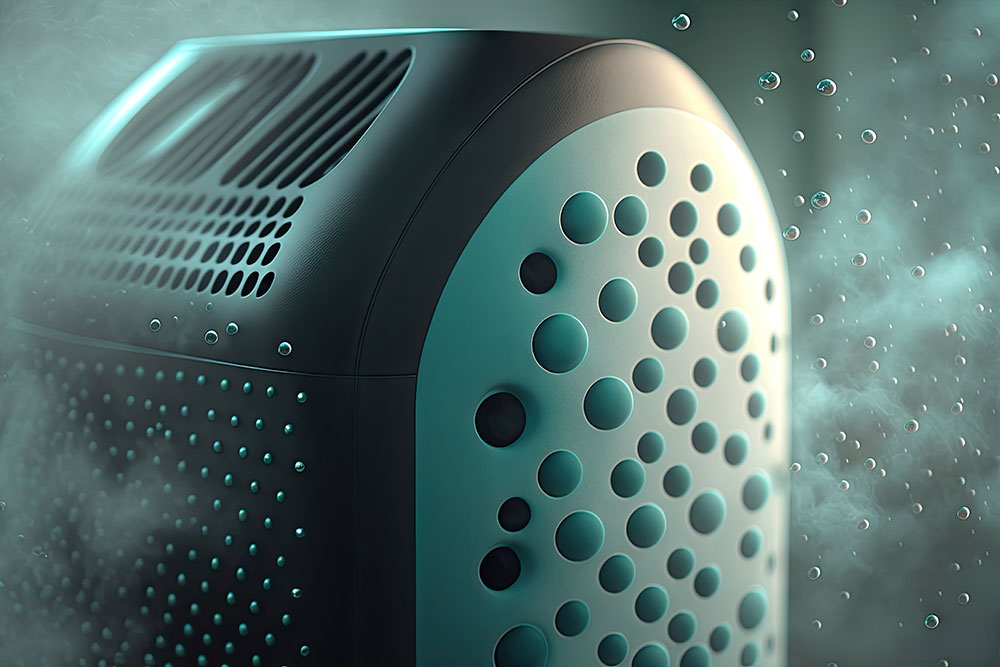
Focus on energy efficiency
There has been a growing focus on energy efficiency in air purifier factories in China. Manufacturers are increasingly looking to ensure that their products use as little energy as possible while still performing effectively. In order to do this, manufacturers are utilizing cutting-edge technologies such as automatic shut off systems, variable settings, and sensor-controlled methods. Additionally, they are using new materials and designs that are more efficient and less prone to damage. By focusing on energy efficiency, manufacturers are able to reduce their costs while providing customers with more efficient and effective air purifiers.
Push towards quality control
Air purifier factories in China are also pushing towards achieving higher standards of quality control. Manufacturers and factories are utilizing a range of techniques such as automated processes and tests, as well as employing quality control specialists to ensure that all components meet specific safety standards. Additionally, manufacturers are looking to guarantee that their products are durable and reliable to ensure customer satisfaction. By pushing towards higher quality control, manufacturers are able to provide customers with air purifiers that are both safe and reliable, which instills trust in the brand and leads to increased customer loyalty.
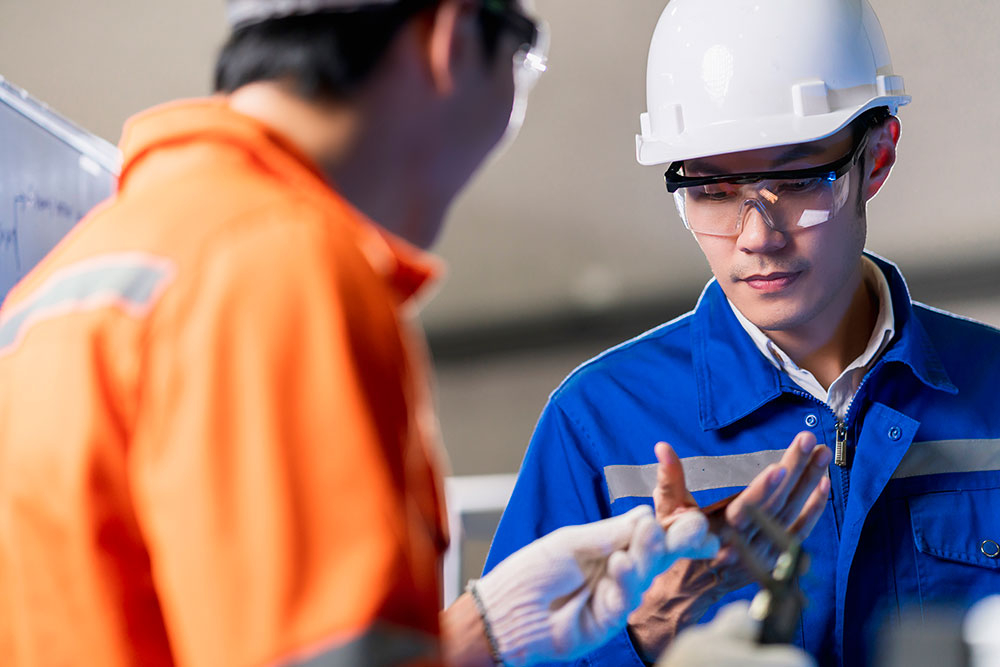
Conclusion
In conclusion, the latest developments and trends in China air purifier factory technology have had an enormous impact on the industry. Manufacturers have been able to utilize new technologies such as UV technology and Nanofiber filter technology, which have been increasingly efficient and cost-effective, as well as ensuring that their products are energy efficient and of a high standard. By focusing on technological advancements in air purifier factories, manufacturers in the industry have been able to remain competitive and ensure customer satisfaction. Let’s explore how HEPA air purifiers can help to improve the air quality of your home or office.

